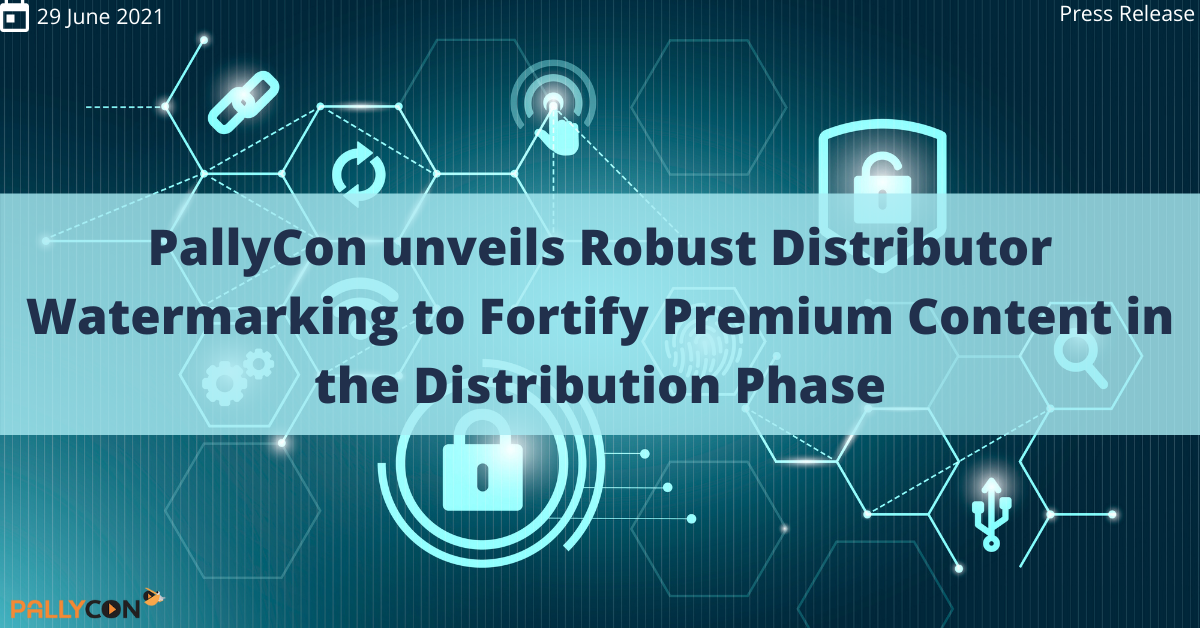With growing demand for streaming content, pirates are also implementing new and advanced techniques to steal premium content. Digital rights management (DRM) can only protect audio/video content during transit to the end user by performing two primary functions: Encryption and governance.
Encryption protects streaming or VoD content by using a secret key to encrypt the content, thereby making it inaccessible to unauthorized users. Governance lets content creators set usage policies for their content and enforce it within the playback environment. However, once the DRM protected content reaches the consumer device, DRM technology cannot help in restricting the legitimate users from redistributing it, isolating pirated content, or identifying the source of content infringement. In addition, practices that are implemented to curb sharing or thrift of credentials cannot help reduce the redistribution of content outside the boundaries of a video service. In a nutshell, while DRM is an essential part of any rigorous piracy defense approach, there is more when it comes to implementing end-to-end protection. This is where forensic video watermarking comes into play.

Video watermarking is a technique that embeds a unique mark into the content stream either at the point of origin, in the content distribution network (CDN) during distribution, or within the player device. The encrypted information can contain identification details such as the device IP address, session details, and subscriber identifier. Embedding watermarks alone is not very helpful unless the watermarks can be accessed in the event of a leakage to identify the source and take necessary action. Detection involves monitoring suspected pirate outlets, identifying a suspected piece of content and then matching its digital “fingerprint” with the original reference fingerprint that is generated during the production process. An advanced watermarking analysis can then be performed to identify the watermark and extract the information it contains.
Acquiring licenses for the distribution of content is the greeted operational expense for content distributors. Hence, if customers access pirated content instead of purchasing it legitimately, content distributors miss out on a large chunk of revenue they would have otherwise received. Therefore, by integrating the DRM technology with forensic watermarking, content owners and distributors can ensure complete protection of their video assets and receive the full benefits of their investment in the content.

